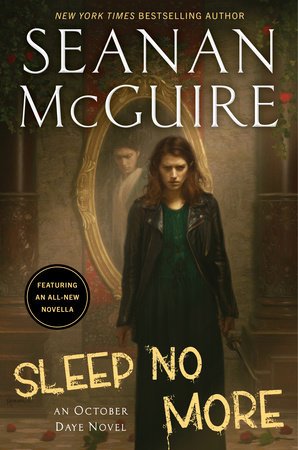I love short fiction, and Sunday Shorts is the feature where I get to blog about it. I’ve considered promising to review a short story every day, but that’s a lot of pressure. And while no one will fault me if I miss days, I’ll feel guilty, which will lead to not posting at all. So better to stick to a weekly post highlighting a couple/three stories, as I’ve done in the past.
At the start of the month, editor Lee Blair published Candy Hearts: An LGBTQIA2S+ Charity Anthology, an e-book collection of 16 romance novellas featuring, as one might be able to guess from the title, LGBTQIA2S+ characters. The collection is available for only a limited time, and all proceeds go to the Transgender Law Center and the National Center for Transgender Equality – in my opinion a pair of organizations that absolutely deserve our support. So I’m urging anyone who loves romance to pick the anthology up while it’s available – and even if you don’t love romance, pick it up anyway! Then gift it to someone you know who does love the romance genre while supporting an excellent cause.
Upon opening my copy, I did something I almost never do with anthologies. Instead of reading the stories in order (which I prefer to do because I know how much effort anthology editors put into determining story order), I jumped straight to ‘Nathan Burgoine’s novella – because it is set in the Little Village, and thus connects to the novellas in Burgoine’s “BitterSweets Club” series, which I reviewed a few weeks ago. (A neat little bit of timing/serendipity/whatever you want to call it, that my first “Sunday Shorts” post of the year directly connects to my first “Series Saturday” post.)
Valentine’s Dave by ‘Nathan Burgoine
Dave has had a pretty disastrous streak of Valentine’s Day dates – from the married man to the barfer to the “coffee incident” – but he’s hopeful that this year he can break the streak through a “Secret Admirer” messaging program administered by the Village Business Council and with a little help from his roommate/best friend Asher. Asher is a recent cancer survivor, coming out the other side of chemo, and seems content to help his bestie find romance rather than seek it out himself. Dave has a crush on Victor, a “silver fox” of a veterinarian. Problem is: Dave is not at his most eloquent when it comes to sending secret messages to a cute guy. Luckily, Asher has a way with words. Of course, complications ensue on the path to happily ever after.
Burgoine is not the first author to run a gay spin on Cyrano de Bergerac, to be sure (although I can honestly say I’ve never read another such book, I’m sure they must be out there). But in standard Burgoine fashion, he tweaks the original story by merging it with another standard romance trope (which, if I made it explicit here, would spoil the ending, and I am loath to do that). This combination of tropes makes the story a little twistier, adding just enough inter-character angst to keep the story interesting without causing the reader undue anxiety.
I found Dave’s verbal and physical awkwardness endearing, and his obliviousness a bit too relatable (I tend to be, shall we say, a bit blind when it comes to whether other men are interested in me). Asher’s post-chemotherapy struggles with energy, and his declaring “Are you okay” a forbidden question, was also relatable as a colon cancer survivor myself. I remember the on-set of sudden, unexpected (even though I should have expected it) fatigue in the midst of an afternoon out with friends very well, and I think Burgoine captured it perfectly. I also enjoyed the view of Dave and Asher’s friend group; I think it’s always important to recognize that love doesn’t happen in a vacuum, that outside forces, including caring support from found family, have an effect (thankfully, in this case, positive) on the way romantic relationships form.
As a regular reader of Burgoine’s work, I was overjoyed to see references to members of the BitterSweets Club, and I loved how this novella gives us a tour of the various queer-friendly (and queer-owned) businesses in the Village. If you’ve never read anything by ‘Nathan Burgoine, this novella is a great introduction to the world his characters inhabit – but not in a way that detracts or distracts at all from the main story, which is a wonderful romance.
I’m hoping to post about other novellas in Candy Hearts between now and Valentine’s day. In the meantime, you can read my thoughts on ‘Nathan Burgoine’s other holiday-themed romance novellas featuring the BitterSweets Club in this Series Saturday post.
I’m not a total stranger to writing romance, either. My supernatural gay love story Paradise Fears can be read free here on my website.







